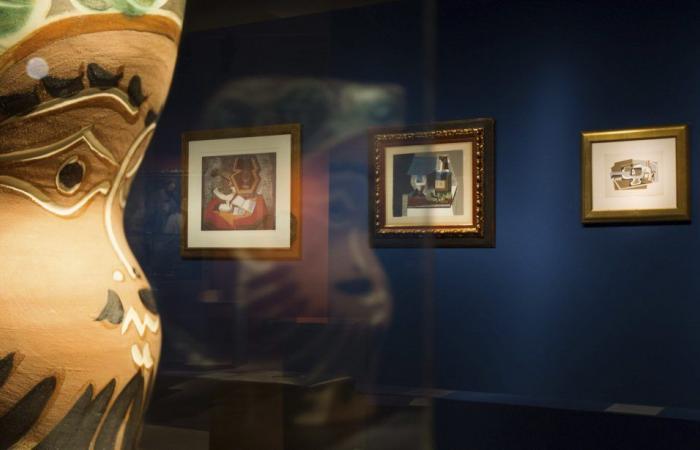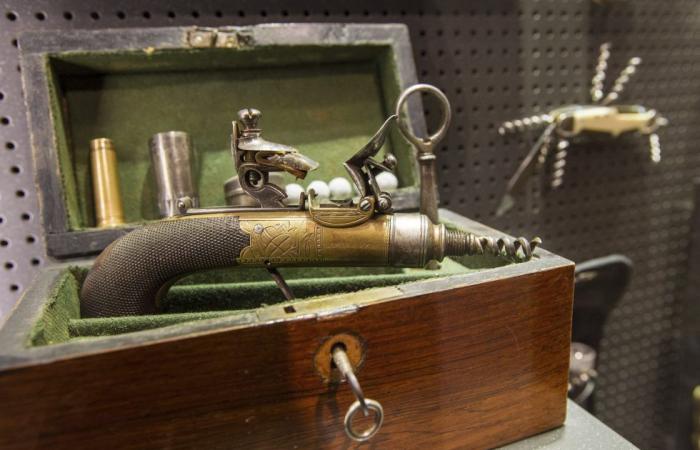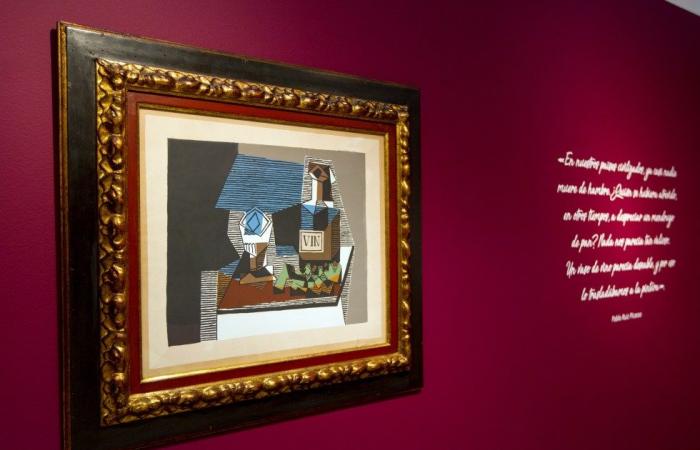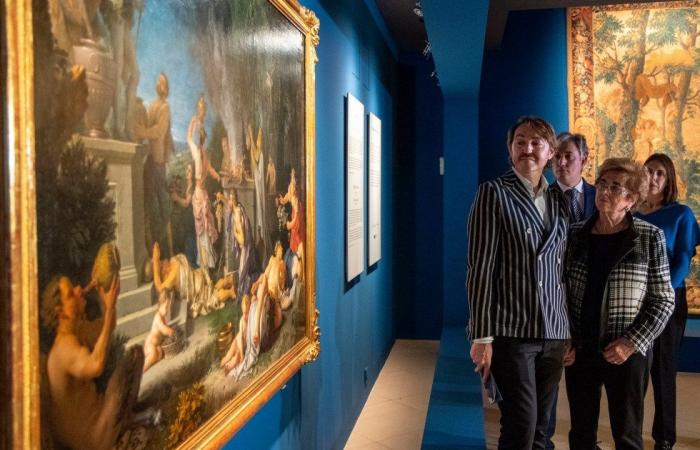Rebeca Palacios |
Logroño (EFE).- The Vivanco family’s Museum of Wine Culture, opened in Briones (La Rioja) twenty years ago as a “pioneering” initiative in wine tourism in the Rioja region, has surpassed 2 million visitors and has a collection of more than 20,000 catalogued pieces.
This was explained to EFE by the director of the Vivanco Foundation, Santiago Vivanco, on the occasion of the event organised at the winery to mark the twentieth anniversary of the museum, which houses works by Picasso, Barceló, Juan Gris, Sorolla and Chillida and original prints by Walt Disney, among other artists.
Pedro Vivanco’s “dream”
The project that was born as “a dream” of his father Pedro Vivanco, who died in 2016, has been consolidated thanks to the work of Santiago and his winemaker brother Rafael, who is in charge of the winery.
“But the promoter of the artistic part was my mother, Angélica, who has been painting for 46 years and was the one who insisted my father acquire works of art to complete his collection of antiques related to the world of wine,” he said.
When the museum opened, “there was a lot of uncertainty, no one really knew if it was going to work,” because in 2004 there were only a couple of small wineries in La Rioja that offered guided tours.
A study by the consulting firm Deloitte predicted a maximum of 30,000 visits per year and in the first year they already exceeded 100,000, he specified.
International recognitions
“All doubts were quickly dispelled. We were the first to open to visitors on Saturdays and Sundays and to work with tourism in mind. We started with 4 percent of international visitors and we have already surpassed 47 percent,” he explained.
A year after the opening, they were informed of the award of ‘The Best of Wine Tourism’ awarded by the global network ‘Great Capitals of Wine’ and UNESCO chose them as the Best Museum of Wine Culture, a distinction that was awarded to them in 2007 and which has been followed by other international recognitions.
In the first years of operation, they reached 170,000 visits per year, but people explained in the surveys that they preferred a “more personalized” treatment and it was decided to reduce the groups to 80,000 visitors per year, to “improve quality.” .
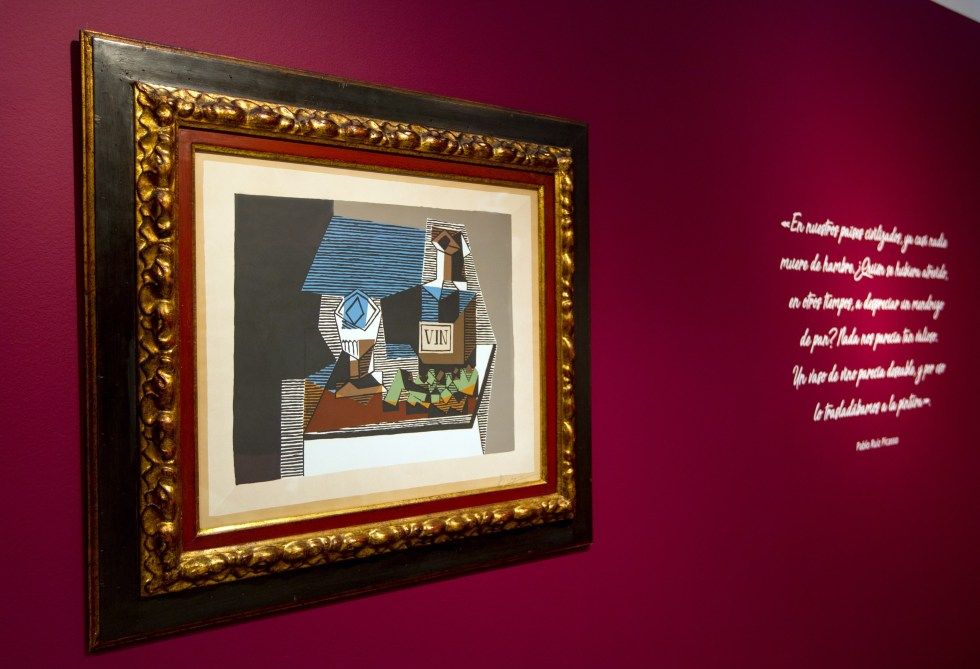
As a private museum, it has defended the “effort and work” developed during these two decades to spread the culture of wine, without there being a similar project promoted by the public sector, which did not receive support at the beginning.
“We have been the driving force of wine tourism in La Rioja, but the more museums and wineries there are, the better the destination the region will be. There is a need for more unity and for everyone to go hand in hand because there is a quality offer in gastronomy, landscape, heritage and the people of Rioja are simple, friendly and welcoming people,” he assured.
8,000 years of relationship between man and wine
Those 40 years of collecting by the Vivanco family are condensed in an exhibition space of 4,000 square meters in six rooms, one of them exterior, to highlight the relationship between man and wine over 8,000 years of history.
The collection is “enormous,” but only 20% of the 20,000 catalogued pieces are on display, he calculated, since only 14 of the 190 wine presses it owns are on display and only 3,700 of the more than 8,000 corkscrews are on display.
The same happens with the art and archeology collection, whose pieces have begun to be loaned for temporary exhibitions, such as the exhibitions that have been organized this year at the Unicaja Foundation Cultural Center in Malaga and the Rioja Culture Center in Logroño.
One of the museum’s milestones is, for Vivanco, having hosted last spring the work ‘Offering of Bacchus’, by the French painter Michel-Ange Houasse, on loan from the Prado Museum within the ‘The art that connects’ project.

Of the entire collection, he has confessed that his favorites are ‘The Holy Family’, the first painting he bought for the collection, a 16th century Flemish panel by Jan Van Scorel in which an angel offers the virgin a bunch of grapes ; and a 1.5 meter 2nd century Roman marble sculpture representing a young man with a wine glass and some grapes.
In tribute to his mother, an exhibition with his best paintings will be displayed at the entrance of the museum for free next year.

